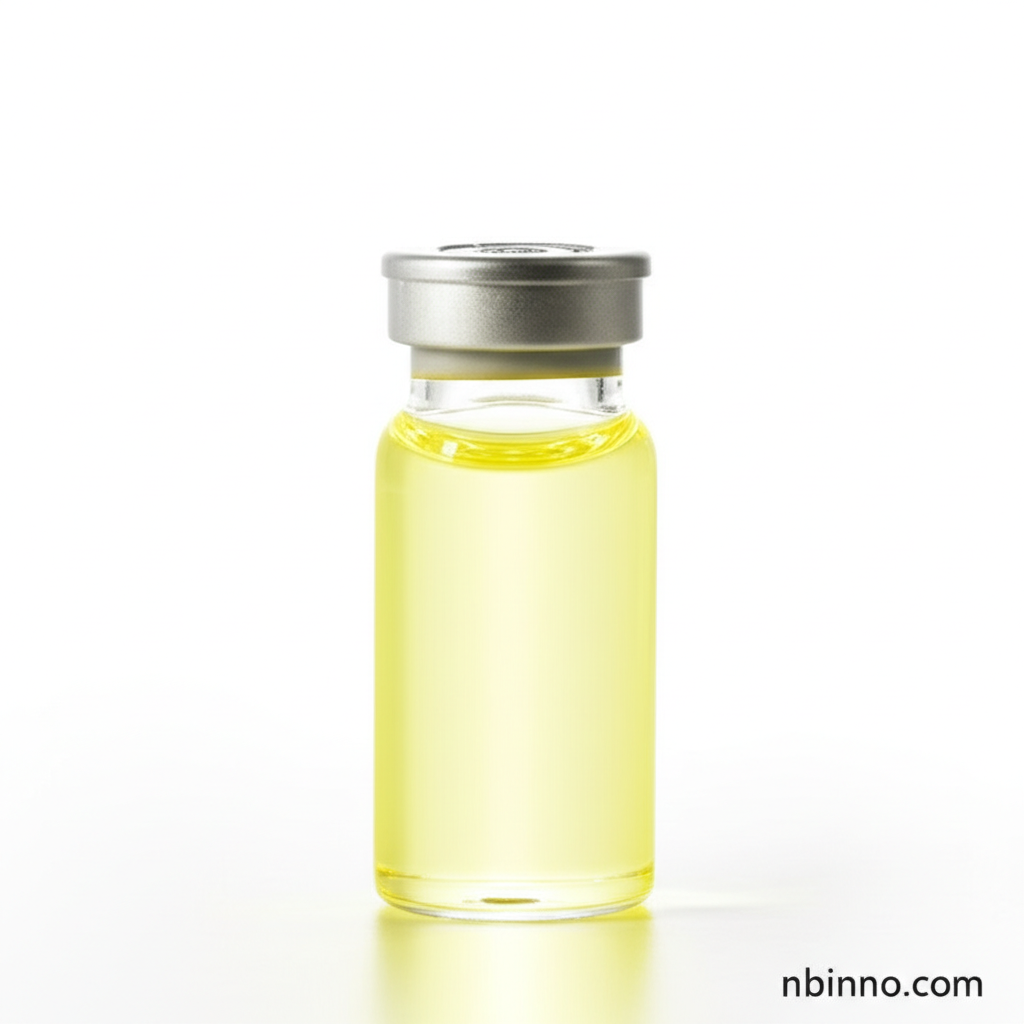Discover the Potential of 2-Fluoro-5-(Hydroxymethyl)Pyridine
Unlock advanced synthesis with this vital fluorine-containing organic compound. Your key to next-generation materials.
Get a Quote & SampleProduct Core Value

2-Fluoro-5-(Hydroxymethyl)Pyridine
A crucial organic building block, 2-Fluoro-5-(Hydroxymethyl)Pyridine (CAS 39891-05-9) serves as a highly valuable intermediate in the synthesis of complex molecules. Its unique structure, featuring a pyridine ring with both a fluorine atom and a hydroxymethyl group, makes it indispensable for developing advanced pharmaceutical ingredients and cutting-edge electronic chemicals.
- Leverage the unique properties of this pyridine derivative chemical building block for your complex synthesis projects.
- Explore the synthesis applications of 6-Fluoro-3-(hydroxymethyl)pyridine to drive innovation in your research and development.
- Benefit from the reliable supply of 2-Fluoro-5-(hydroxymethyl)pyridine pharmaceutical intermediate, ensuring continuity in your production processes.
- Utilize this essential fluorine-containing organic compound for creating novel materials with enhanced performance characteristics.
Key Advantages
Enhanced Reactivity
The strategic placement of the fluorine atom on the pyridine ring, combined with the hydroxymethyl group, offers unique reactivity profiles, making it ideal for intricate organic synthesis reactions.
Broad Application Spectrum
As a versatile building block, it finds critical applications in pharmaceutical synthesis and the development of advanced electronic chemicals, contributing to technological advancements.
High Purity and Quality
Supplied with guaranteed purity, this compound adheres to strict quality standards, ensuring reliable results in your demanding research and manufacturing processes.
Key Applications
Pharmaceutical Synthesis
As a 2-Fluoro-5-(hydroxymethyl)pyridine pharmaceutical intermediate, it is integral to the creation of new drug candidates and active pharmaceutical ingredients, aiding in medical breakthroughs.
Electronic Chemicals
This compound serves as a vital component in the formulation of advanced materials for the electronics industry, contributing to the development of next-generation electronic devices.
Organic Synthesis
Researchers widely use it as a building block in diverse organic synthesis pathways, enabling the creation of novel molecular structures and complex organic compounds.
Research and Development
Its well-defined chemical properties and reactivity make it an essential reagent in academic and industrial R&D settings for exploring new chemical frontiers.
